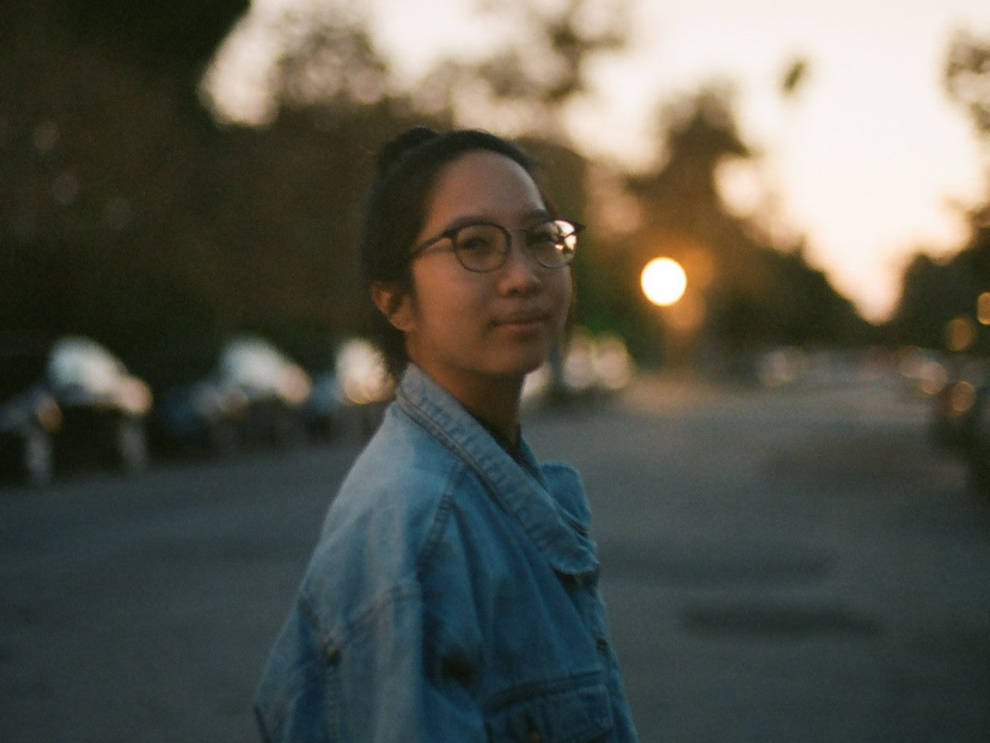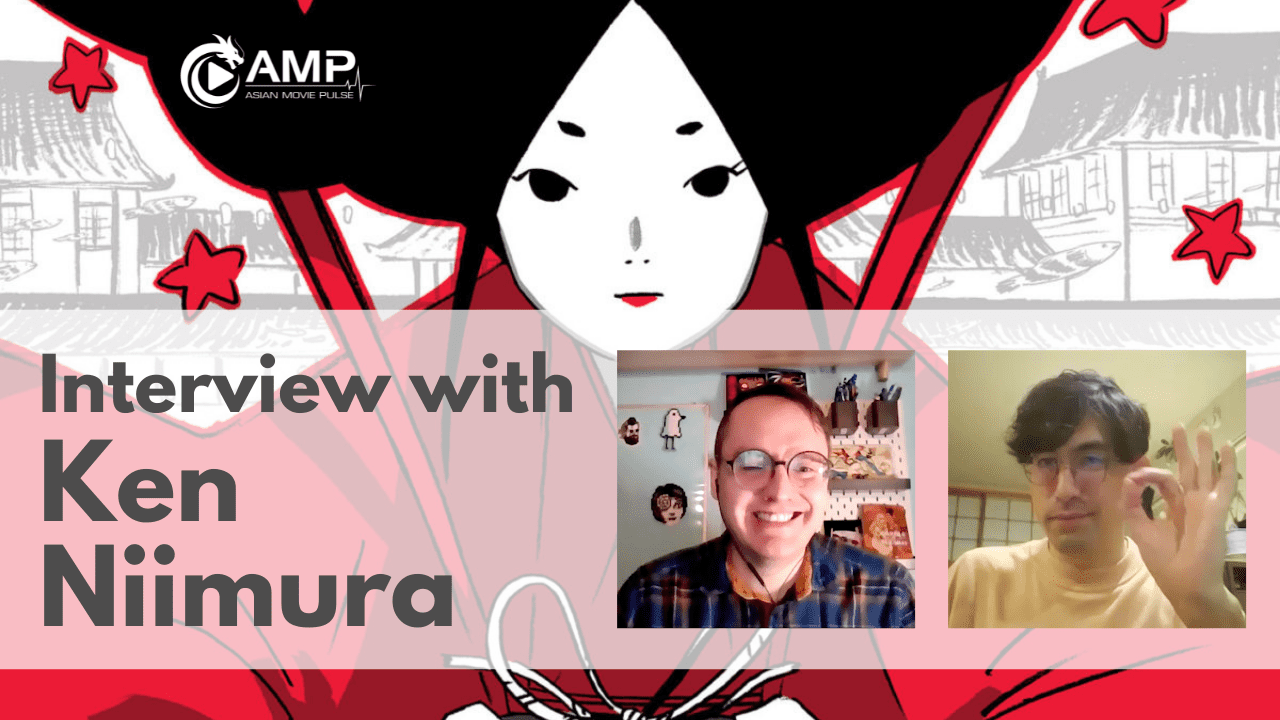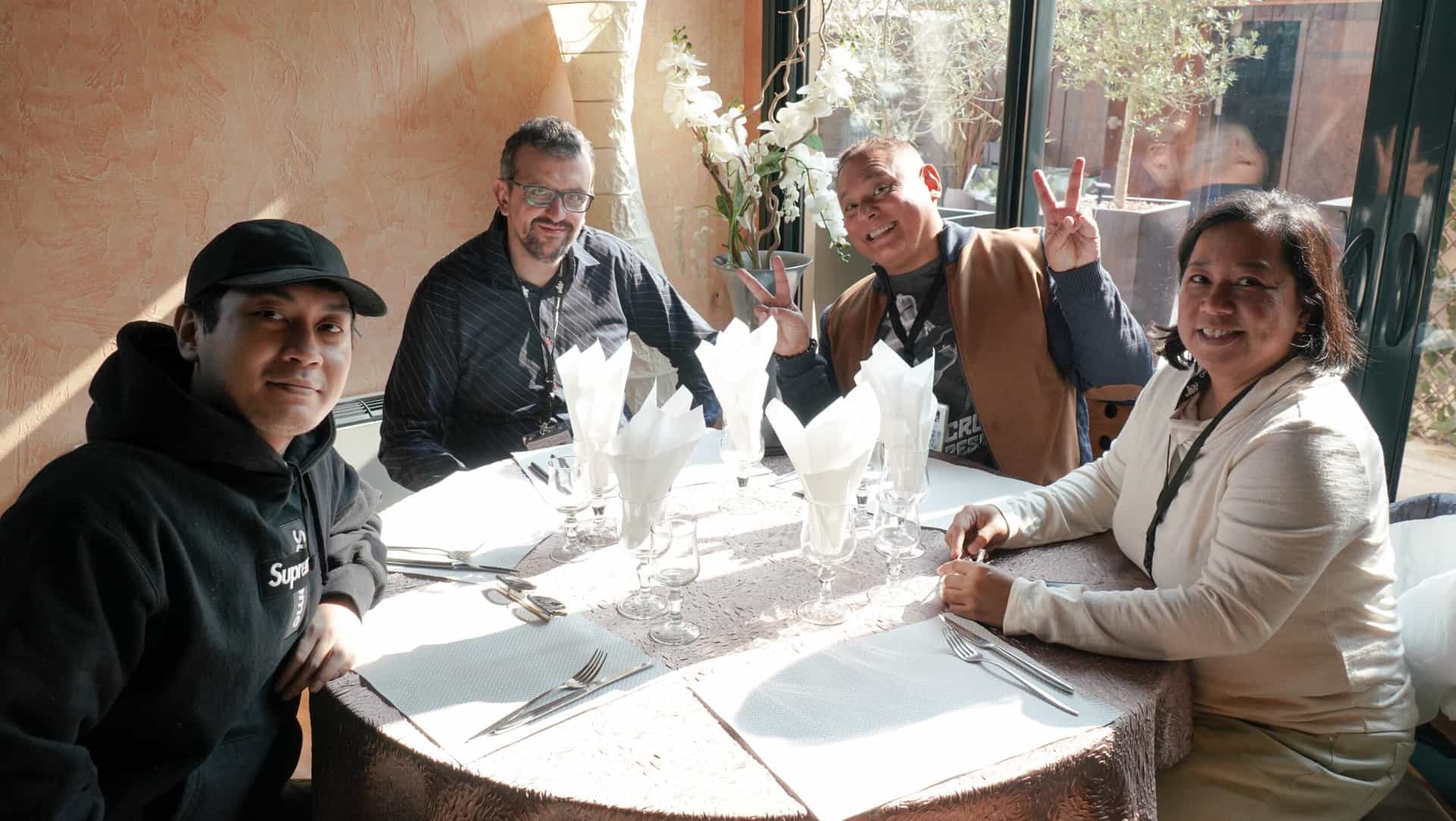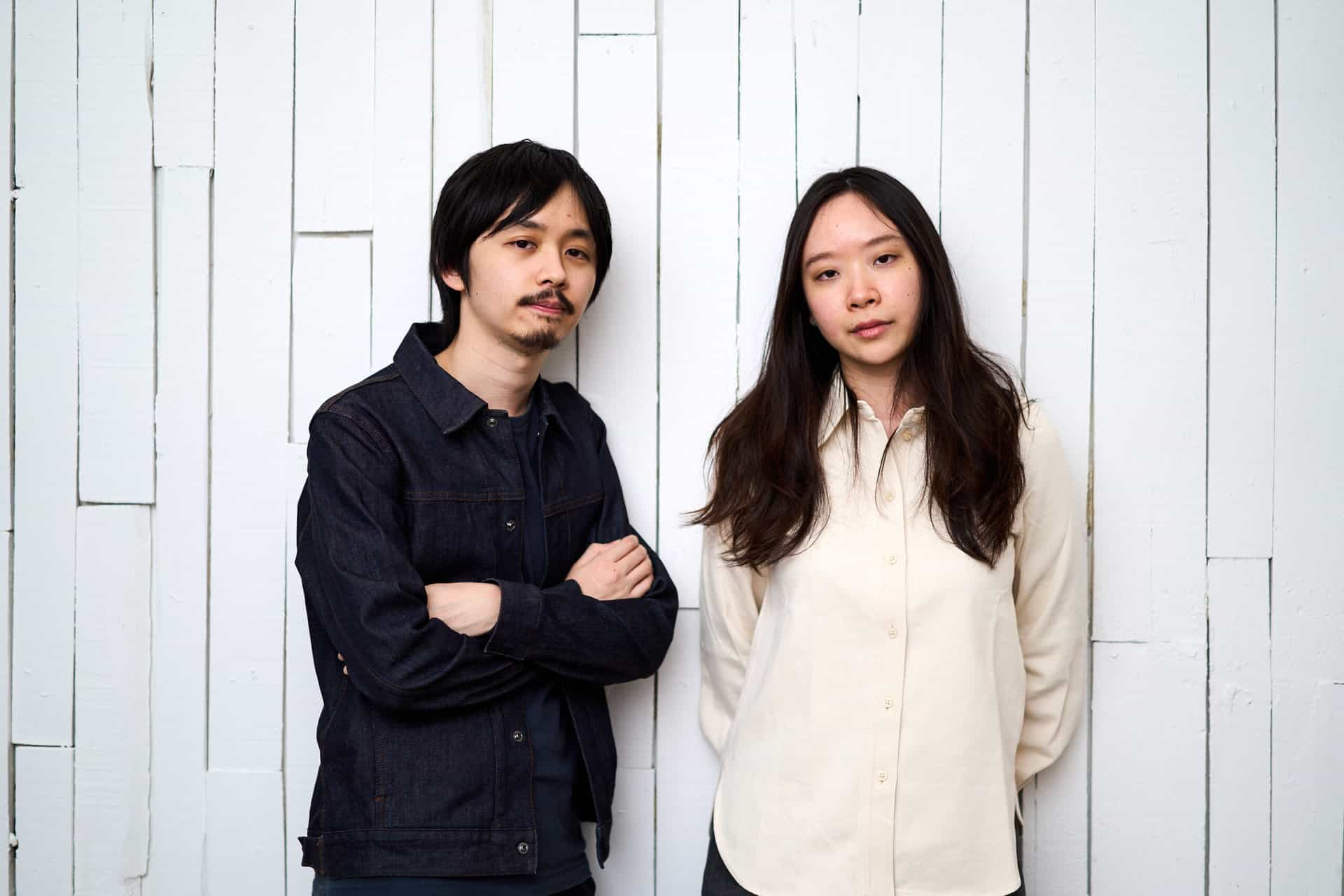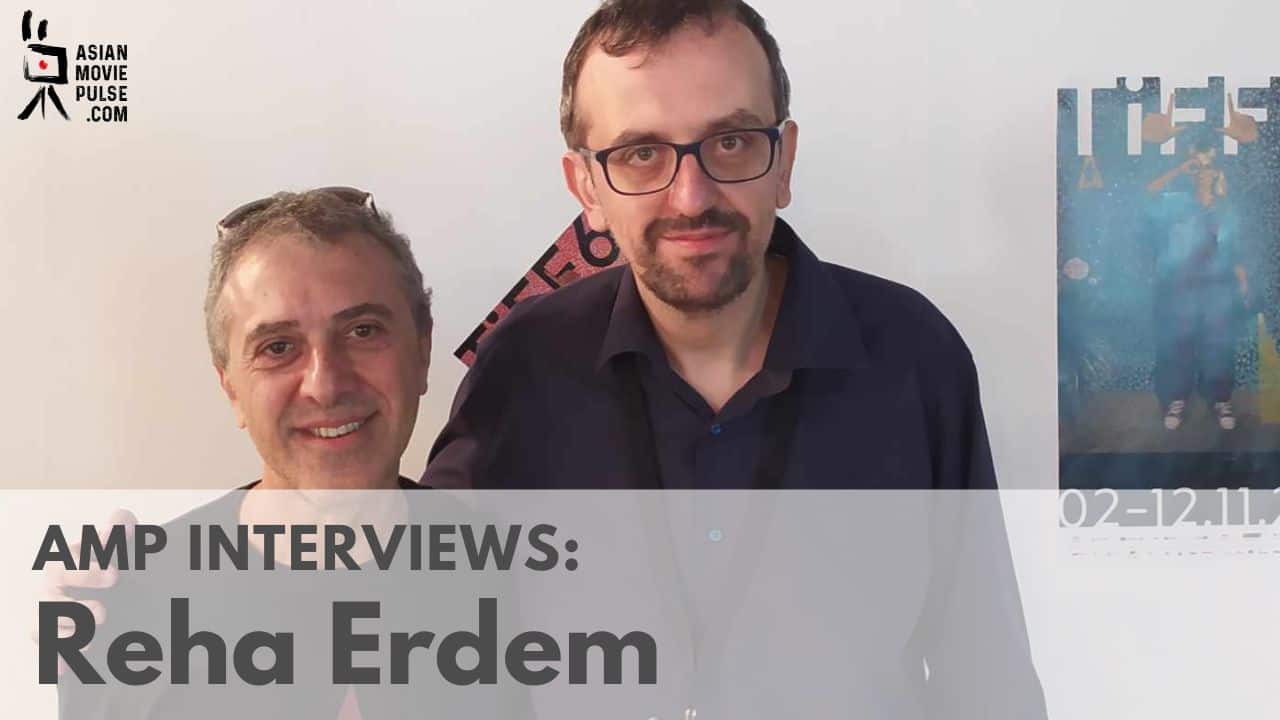Cheryl Wong Ye Han is a Singaporean filmmaker, currently based in Los Angeles. She obtained her MFA in filmmaking from New York University's Tisch School of the Arts in 2020 where she was a Willard T.C. Johnson fellow as well as a recipient of the Tisch School of the Arts Masters Film Future Fund Scholarship. She wrote and directed, “Stigma, Style”, which premiered at Palm Springs Shortsfest 2021, and went on to play at LA Shortfest and Urban World Film Festival.
She has worked as a Production Coordinator and Production Manager in Singapore and across the US on narrative and documentary series' and films. Cheryl also plans to produce, write and direct her own narrative projects in Singapore and in the Southeast Asian region.
On the occasion of “Stigma, Style” screening at Osaka Asian Film Festival, we speak with her about the biographic elements of the movie, the title, her cooperation with her actresses and the casting process, the reaction of the audience to the film, and many other topics.
Stigma, Style screened at Osaka Asian Film Festival

As I understand the project has a deep connection to your own biography, more precisely your childhood. Could you explain this connection a little further?
It does! But also, don't we all just love to romanticize the past just a little? My memory of my girlhood is in those relatively carefree days with friends. Sticky heat, mango trees, swimming, kick scootering from house to house. One of the difficulties in making this film was whittling down that whole experience and yet, keeping that languid feeling and essence of the time. I've definitely taken some liberties in the setting and Kerri's home circumstances to make some dramatic moments stand out more but the meat of the film – Kerri's relationship with her body and impending womanhood, her friendships, her curiosity about Clara – isn't far from my personal experience.
What is the meaning of the title “Stigma, Style”?
The stigma and style are part of the female reproductive system of the flower. I thought it apt for the film on numerous levels; the first, to signal that Kerri is approaching puberty and womanhood, the second, in choosing to highlight just the female reproductive parts of the flower, I allude to Kerri's curiosity about Clara. But also, it reminds me of my mother teaching me about the different parts of the flower when I was 12, studying for the Singapore national exams.

How did you communicate the rather complex issues of the film to your actresses, most importantly to Gabby Tay, who plays Kerri?
I probably should begin by talking about the casting process. Firstly, a huge thank you to our casting director Angel YJ, and our Associate Producer Sam Chua Weishi who were with me throughout the casting process. We found our actresses through Facebook, casting websites, talent agencies (Faces Jr.), casting agencies (Hello Group) and through recommendations, and what I was really looking out for were actors who could be comfortable with me (a practical stranger) and could take direction well. Then I put everyone together for a script read and a cookie baking session, and they really just hit it off.
In explaining the complex issues…I suppose I didn't want to over complicate things for the girls. Going into photography, each of them had access to just their pages. I'd omitted the scenes that they weren't in, wanting them to be focused on their own lines and scenes, not the story as a whole.
What is the most difficult aspect in capturing growing up and the carefree days of childhood on film?
Encapsulating it all in 13 mins. The piece had been written longer (perhaps 3 or 4 minutes longer than it ended up being), and there were more moments with Kerri and her friends that we ended up taking out, because it distracted from the main thing. It was a darling to kill because my relationships with my friends growing up – however fun, however tenuous – were such a significant part of my youth and self-awareness, and the actresses Azirah, Nikita and Hannah who played Lilia, Yasmine and Jessica were so wonderful to watch.
What was the most surprising audience reaction to “Stigma, Style” thus far?
That such a diverse audience understands it and relates to Kerri. In writing it, I thought the themes to be quite universal but kept the moments specific to my experience, and I love that audiences can connect with the film so deeply. It's always so heartwarming to be asked questions about Kerri and to be told that they remember feeling the same way she did growing up.

Do you have any plans in exploring the themes of this short further, perhaps in a longer feature?
I definitely see myself revisiting the same themes in future work but in smaller ways, not as the central theme. At this point, I feel like I've explored it and have satisfied something within myself. Not ruling it out but I'm currently developing another idea for a feature film.
What is your opinion of the Singaporean movie industry at the moment?
I'm so hopeful for it. There are a growing number of distribution platforms; streaming platforms moving to or already set up in Singapore, and cinemas like The Projector. It's been so exciting to see Singaporean films and TV on Netflix and on Singapore Airlines flights. Finally being able to access these films, and the films being able to reach wider audiences, hopefully mean that people will want more locally-made pieces. I'm so excited to see the industry at home growing, and that I've recently met so many Singaporean filmmakers around my age, around the world. I'm excited for us!


